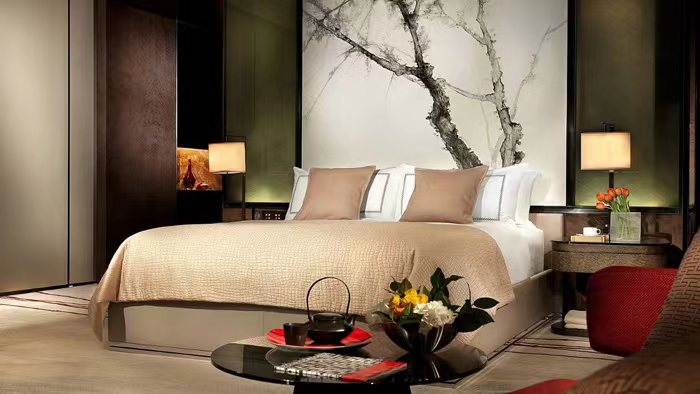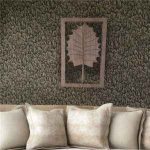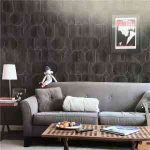Mobile: 8613816755915
Origin of wallpaper
Wallpaper, as an important part of European aristocratic decorative art, originated in Italy, just like chamber music, ballet, opera and Western food of European aristocratic lifestyle. Therefore, wallpaper is not simply a mediocre decorative material by nature, but a visual art, and can be important enough to qualitatively set the tone of the interior space.
In medieval Europe, apart from using expensive tapestries to decorate interior rooms, it was also popular for nobles to invite artists to paint on paper to decorate walls. The most classic example is that in 1481, King Louis XI of France ordered the painter Jean Bourdichon to paint 50 volumes of wallpaper with angel patterns in the blue North View. Because the king likes to live between different castles, and he hopes that when he moves, the “wall” can also be removed.
In 1509, hand-painted large-area decorative wallpaper began to appear in England, trying to imitate embroidery, or marble and stucco patterns in design. Wallpaper has won the favor of Londoners with its unique charm. Flocked wallpaper like trimmed velvet is extremely popular, and there are also tassels or lace with pendant patterns to match the wallpaper. The earliest surviving samples of flocked wallpaper come from Worcestershire, England. According to research, this batch of wallpaper was painted in 1680.
In 1675, the French sculptor Jean-Michel Papillon invented the use of woodcuts to mass-print paired pattern wallpapers, and the real modern wallpapers began to be born. Jean-Michel Papillon has since been known as the father of wallpaper.





